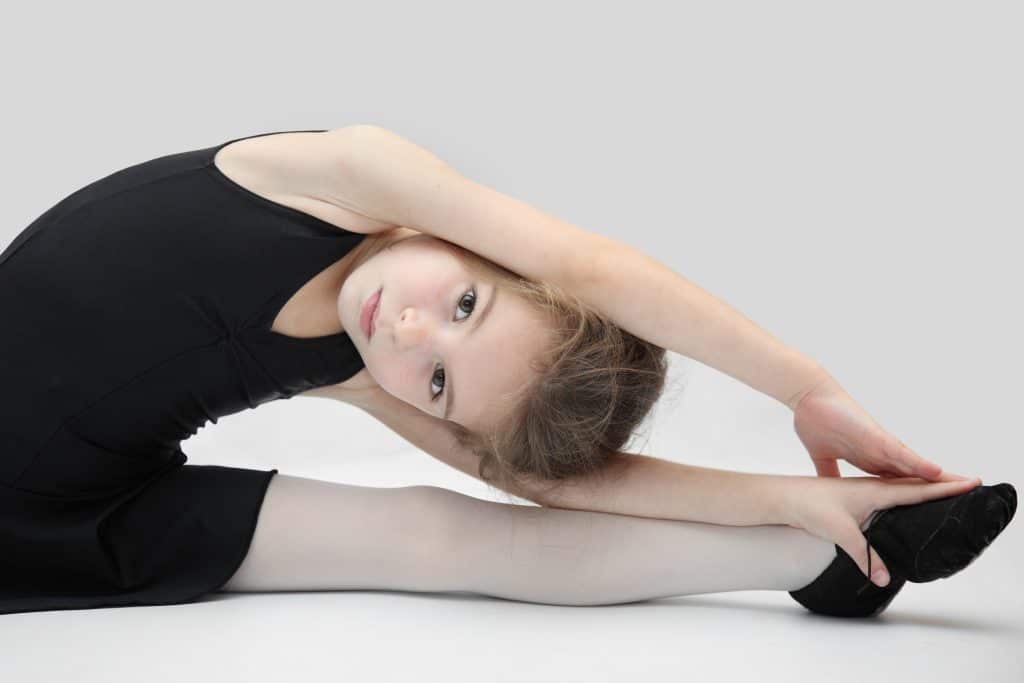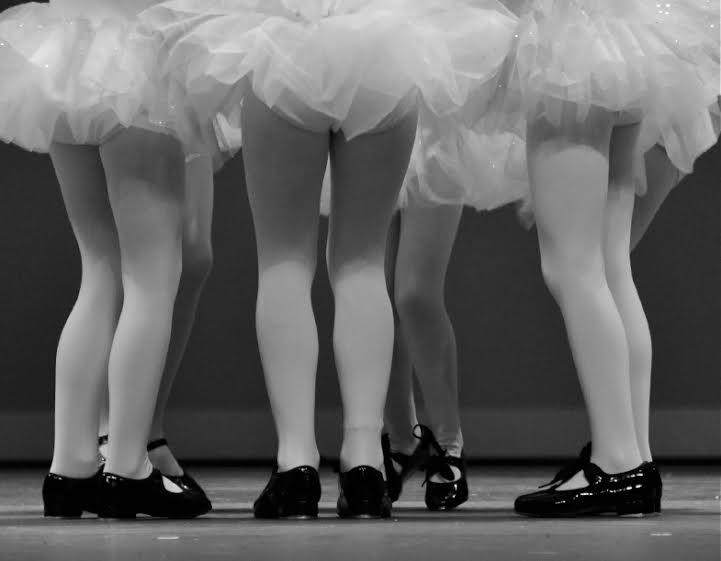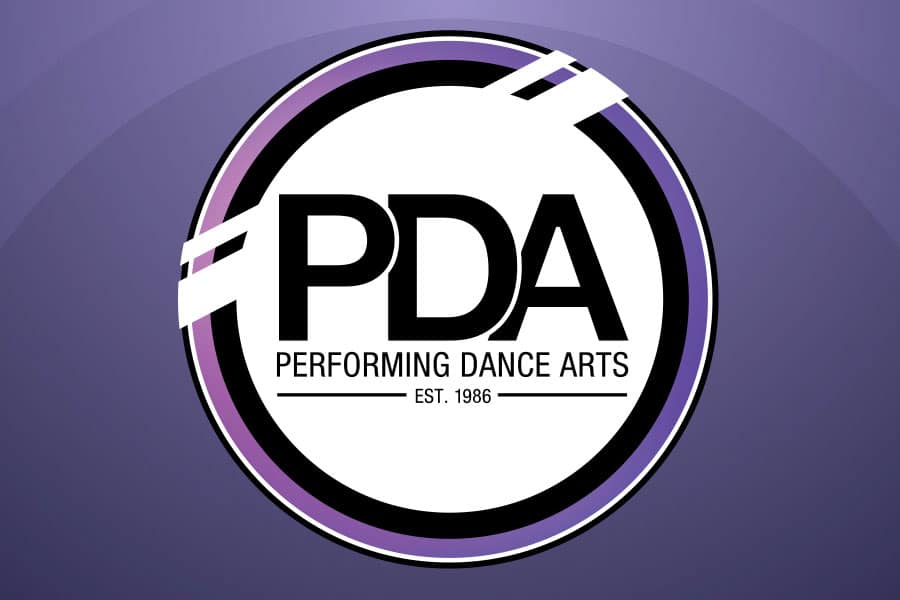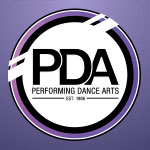Without training, you can’t really attain mastery. Even the most naturally gifted dancer will need to put some amount of time and dedication towards practice. But one thing we’ve seen over the years running dance programs in Vaughan is that there are right ways to train…and ways that may actually, instead of helping your child learn their dance steps, hurt their learning in the long run.
One of the first things we like to teach when giving a dance lesson in Vaughan is that while practice does indeed make perfect, practicing itself takes focus and understanding. In other words, whenever a child is enrolled in one of our Vaughan dance programs, we make sure to not only teach them the right dance steps, but also how to practice in a way that helps the learning process, not get in its way.
Below you’ll find some of the most common practice missteps that hinder the learning process.
Over-Training
When your child finds themselves passionate about dance, it’s easy to see them want to practice and train at all hours of the day to get things perfect. And while we love to see that passion, you don’t want to push our children too far—or let them push themselves too far.
Not only can this cause injury and fatigue, but also frustration if they end up hitting a plateau.
What’s more, this hyper-focus can lead to an unbalanced schedule where other important things (like school, friends, and other sports) become neglected.
The key here is to encourage rest and balance, and make sure that your child can take their mind off of dance from time to time.
Just Doing the Moves
Part of dance is feeling the moves and music and letting your body move in sync with these cues. In other words, dance isn’t just about technical precision.
In fact, one of the worst ways to learn is by mechanically replicating the moves over and over again without feeling or passion. That can not only lead to a worse dance routine overall, but also help to inculcate a distaste for dance over time.
The key here is to always remember that dance should be fun and stirring—never a drab, boring chore.
Not Warming Up
Your child may seem to have boundless energy and gusto, but dance can be a very physically taxing sport. As a result, your child needs to be sure to warm up and be physically ready to perform the dance training. Without these steps, they may hurt themselves, feel stiff, or grow tired before the training is completed.
Skipping the Groundwork & Fundamentals
Just like every journey, no matter how long, begins with the first step, every dance routine begins with the basics as a starting point: you can’t learn the advanced moves without first nailing the fundamentals.
This is a basic rule that is consistent through all sports, and dance is no different. As much as your child may want to give the neat moves they just saw a whirl, the fundamentals will be critical to executing those moves later on and therefore can’t be skipped.
Training on an Empty Stomach
As we said earlier, dance is a physically demanding experience! Your kids need fuel to get the most out of their Vaughan dance classes—that means making sure they have plenty of water to drink and show up to class with some food in their bellies. And that same rule applies when they try these moves at home on their own.
Relying on the Mirror
The mirror can be a useful tool for self-examination when dancing and training. But your child can’t have their eyes locked on the mirror the whole time while training; moving the head and eyes is an important part of nailing the feeling of a dance. As such, the mirror should be used as a tool but should never be the sole focus during a training session or lesson at a dance studio in Vaughan.
Not Knowing Where to Look
Speaking of eyes, the positioning of your child’s eyes can be an important part of perfecting a dance routine and should not be overlooked during training.
Different dance styles have different demands when it comes to your child’s gaze. Practicing with the whole body attuned to the routine is key to mastering it.
Your child’s dance instructors will explain the best gaze positioning for each dance, and this requires practice just like any other part of the routine!
Comparing Your Progress to Other People
It’s common for kids to compare their progress to one another—leading to feelings of inadequacy and shame if they feel they’re falling behind.
That can manifest itself as they practice as well. Rather than trying to learn moves, sometimes you’ll see children just trying to learn the moves to prove they’re better than another classmate.
While competitiveness is key to dance on some level, you never want to see envy, jealousy, or self-esteem issues arise in a dance setting. Training in such a way to encourage fun and personal satisfaction through mastery is a must, not only in dance but in all aspects of life.
Let Your Child Learn to Love Dance at a Premier Vaughan Dance Studio
At Performing Dance Arts, we’ll not only teach your child dance (and have fun doing it!) but also help them understand the best methods of practicing. Benefit from expert instructors and both online and in-person dance lessons in Vaughan that will let your child fall back in love with dance.
Our virtual classes are open to children of all ages and skill levels, so contact us today to register your child or learn more about which style and program fits best.




